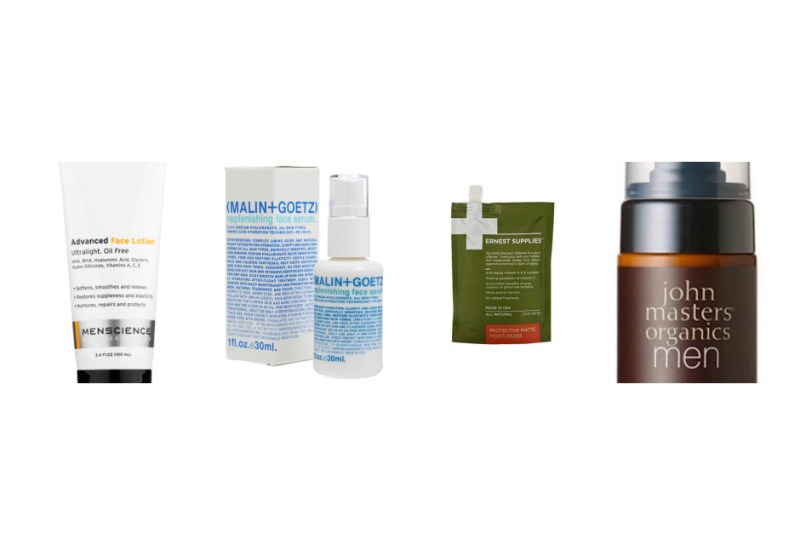
Hyaluronic acid is something your skin produces naturally and has the job of holding in moisture, aiding in the repair of tissue, cushioning, creating a protective barrier against pollutants and, most importantly, holding collagen and elastin together. Basically, it keeps your face from turning into one giant pimple infested wrinkle.
Things that deteriorate your levels of hyaluronic acid? Aging and UVB exposure—both being pretty hard to avoid, so of course your friendly cosmetic companies have made it one of their missions to help re-boost levels of hyaluronic acid, promising to slow your aging process, by adding it moisturizers. The molecule is pretty big and since it carries 40X it weight in moisture, it has been favored by a lot of skincare companies for heavy duty surface level moisturization. There’s some discussion amongst skincare professionals as to weather or not these topical solutions can actually slow the signs of aging—par for the course when it comes to the world of cosmetic anti-aging, but I’ve noticed that skin feels noticeably smoother after using products with significant amounts of the stuff.
And you may have heard of something called Restylane—it’s a hyaluronic acid filler that’s not Botox, but kinda works the same way. Inject into face, look plump…and expressionless. (Girls get the stuff shoved into their lips…please don’t ever do that).
Hyaluronic acid may also be taken in pill form. Ingested this way it’s supposed to help lubricate your joints, help you sleep better and some say also, to improve your quality of skin.
Now for the kinda disturbing part. The most natural form of the hyaluronic acid you find in skincare comes from rooster comb, which, yes, is exactly what you’re thinking. That plyable red accoutrement adorning the face, head and neck of roosters. The good news is that most of the hyaluronic acid you’ll find is actually called sodium hyaluronate—a synthetic form that mimics the real thing. Normally, we’d say the most natural ingredient is the way to go when it comes to your face cream, but given the source, maybe some lab work isn’t all that bad.
Wether or not you want to go with a moisturizer that has the ingredient is up to you. I personally find the results to be worth it and here we’ve got four quality products that include it, but it’s a personal decision.
(From left to right)
Menscience Advanced Face Lotion, $36/ 3.4 oz. at menscience.com
Malin + Goetz Face Replenishing Serum $68 / 1 oz. at malinandgoetz.com
Ernest Supplies Protective Matte Moisturizer $25 / 2.5 oz. at ernestsupplies.com
John Masters Organics 2-in-1 moisturizer and aftershave $28 / 3 oz. at johnmasters.com


